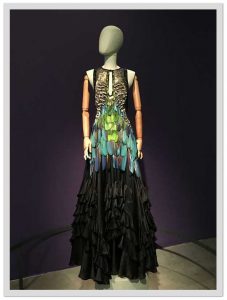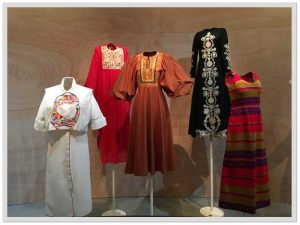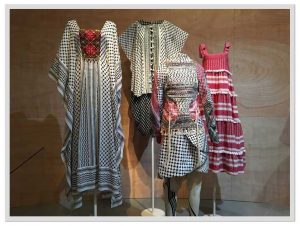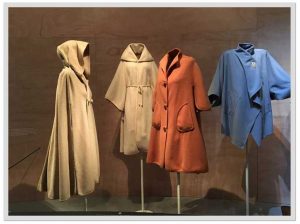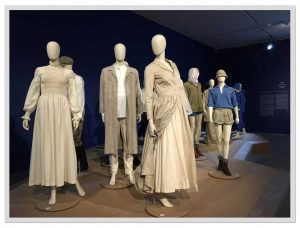Anne Marie Soto
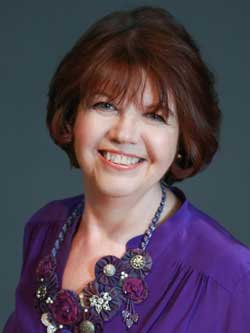 An article entitled “Meet the Writers” in the November 1992 issue of Sew News stated, “If the home sewing industry were to bestow on individuals awards for versatility, no doubt one would go to Anne Marie Soto.” It happens that the American Sewing Guild does bestow awards on individuals in the sewing industry. The criteria for our award are to have had a lasting impact on the home sewing industry with unique and innovative contributions through sewing education, product development, media, or other sewing-related endeavors.
An article entitled “Meet the Writers” in the November 1992 issue of Sew News stated, “If the home sewing industry were to bestow on individuals awards for versatility, no doubt one would go to Anne Marie Soto.” It happens that the American Sewing Guild does bestow awards on individuals in the sewing industry. The criteria for our award are to have had a lasting impact on the home sewing industry with unique and innovative contributions through sewing education, product development, media, or other sewing-related endeavors.
On our 40th anniversary, we were thrilled to honor someone who not only met every area of our criteria but who also played a key role in the initial development of ASG and continues to support and contribute to ASG today. Anne Marie was the editor of Notions for almost 20 years, but her history with ASG goes back much further.
After earning an undergraduate degree in home economics from Cornell University, Anne Marie was determined to use her textiles and clothing degree in some way other than the usual teaching or retailing path. She landed a job in The McCall Pattern Company education department. A little later, she moved on to Vogue/Butterick where she spent the next 10 years serving in a variety of roles. Her duties included creating sewing lessons and educational materials and producing fashion shows. During this time, she also earned a master’s degree in communications from New York University.
In 1978, Anne Marie began her own business doing consulting work in the sewing industry. This was at the very time that the American Home Sewing Association (AHSA) undertook a project that ultimately led to the American Sewing Guild. Anne Marie was hired as a consultant to work on the development of what became the first chapters of ASG: Denver and Indianapolis, then Minneapolis and Houston. She worked with early chapter leaders to create the original ASG Policies and Procedures and other manuals and organizational documents. Under her guidance, ASG grew to nine chapters. At that point, AHSA needed to hire a full-time national administrator to oversee the ASG chapters, and Anne Marie opted to move on to new projects and challenges in the sewing industry.
Over the following years, Anne Marie authored many books, including “Vogue’s Sewing for Children,” “Simplicity’s Simply the Best Home Sewing Book,” “Simplicity’s Simply the Best Home Decorating Book,” and “Stain Rescue: The A–Z Guide to Removing Smudges, Spots & Other Spills,” and contributed to a variety of clothing textbooks for Glencoe/ McGraw-Hill. She also became a regular contributor to Sew News, Sewing Update newsletter, Serger Update newsletter, Vogue Patterns magazine, and Butterick Home Catalog. In 1999, she teamed up with Betty Watts at Communication Concepts to produce Notions for ASG.
In addition to her writing and editing, Anne Marie is an active member of the ASG North Jersey Chapter. Perhaps one of her greatest contributions to ASG has been as the self-titled “godmother” of the ASG Simplicity Patterns project and its annual contest. As a member of the ASG 25th Anniversary Committee, Anne Marie volunteered to contact her former boss and long-time friend Judy Raymond, then senior vice president of Simplicity Pattern Company, who agreed to partner with ASG in what has been an ongoing relationship for the past 15 years.
A long time ambassador for ASG, Anne Marie is a worthy addition to the ASG Sewing Hall of Fame.





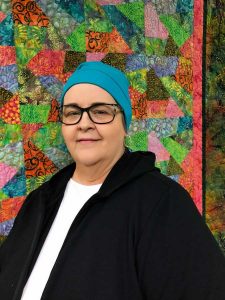
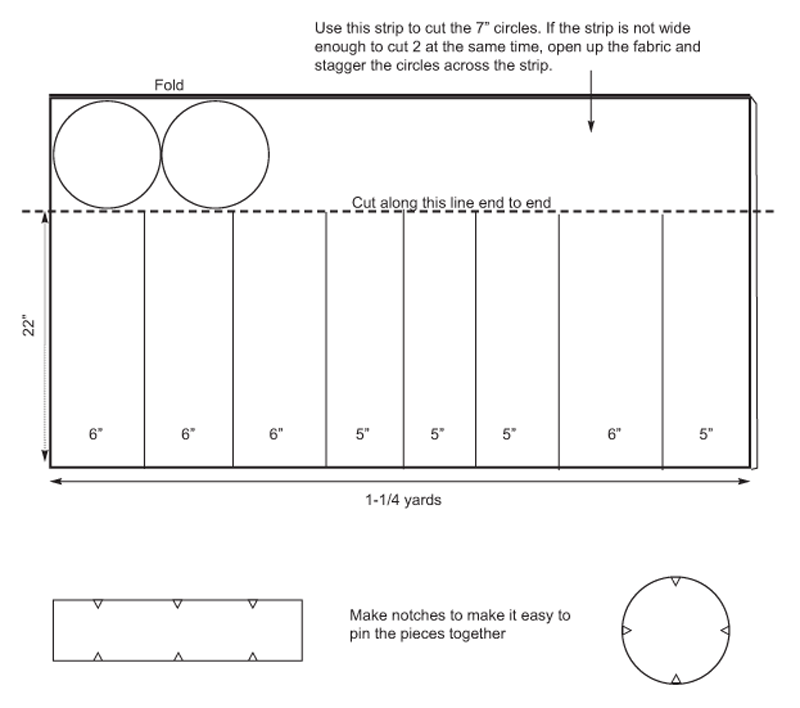
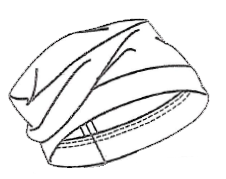





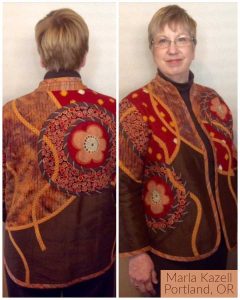
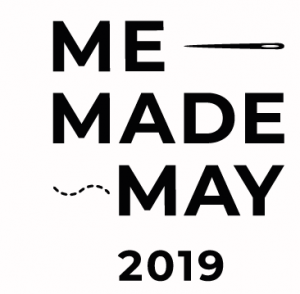
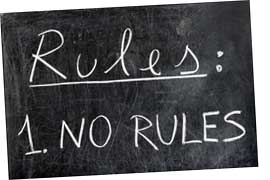 The beauty of the challenge is that there aren’t any rules. In general, the challenge is meant to help you appreciate your handmade garments and think about the goals you want to achieve when it comes to your sewing. The most common “rule” that challengers follow is to wear a self-made or repurposed garment every day of the month. But if you only have a small collection of clothing you’ve made for yourself, you may instead choose to style one item differently each week or to share one amazing item you’re creating and document your progress. It’s a challenge that works with your skill level or your personal collection of handmade clothing.
The beauty of the challenge is that there aren’t any rules. In general, the challenge is meant to help you appreciate your handmade garments and think about the goals you want to achieve when it comes to your sewing. The most common “rule” that challengers follow is to wear a self-made or repurposed garment every day of the month. But if you only have a small collection of clothing you’ve made for yourself, you may instead choose to style one item differently each week or to share one amazing item you’re creating and document your progress. It’s a challenge that works with your skill level or your personal collection of handmade clothing.